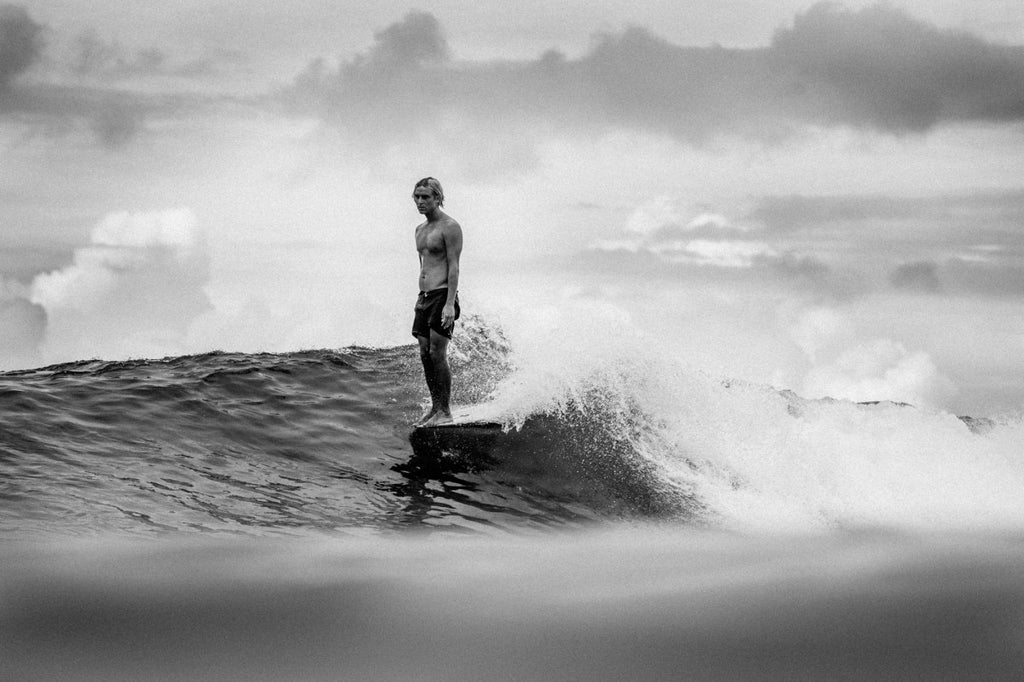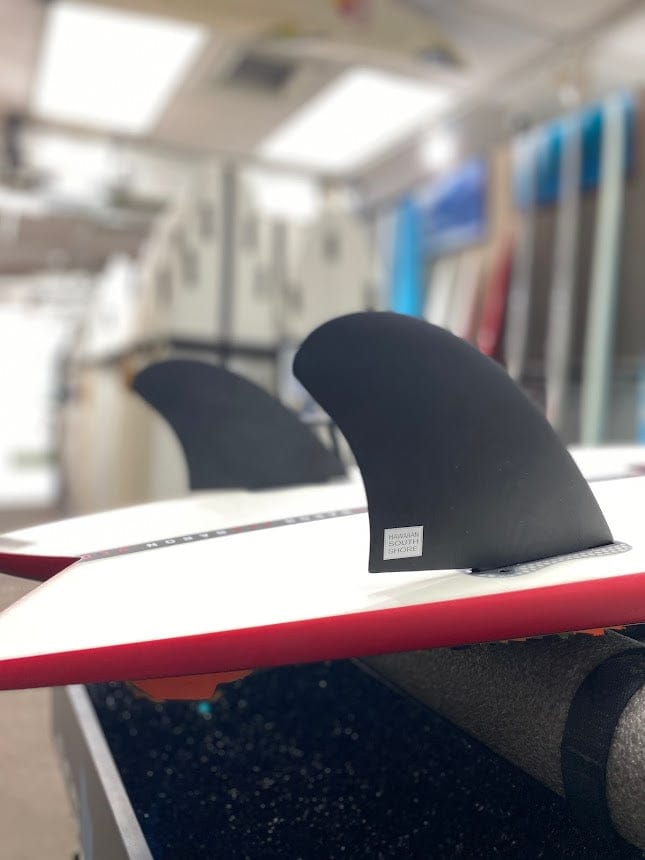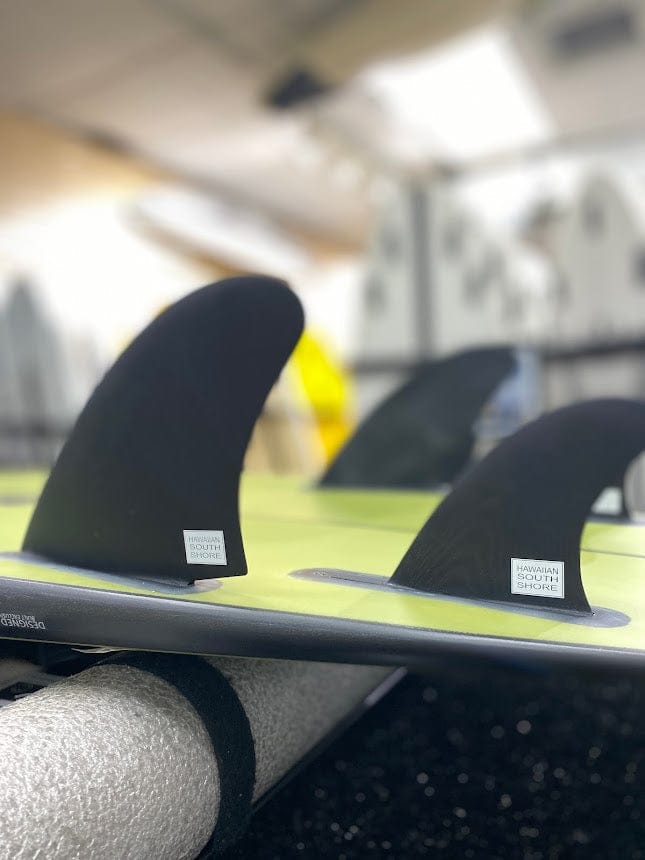Hawaiian South Shore November 2021 Newsletter Part 2
How Sugar Causes Inflammation and Messes With Our Bodies

Photo by Valeria Boltneva
As many of you know from my blogs and newsletters, I’ve been struggling with some joint pain over the past few years, mostly from injuries that I’ve picked up from surfing and other activities. I actually have a number of friends who are in the same situation, and we often chat about our injuries and pain and how to do away with it.
The other day I was chatting with a friend in the water, and he mentioned that his acupuncturist told him that one way to reduce or even eliminate pain is to cut out foods with processed sugar. Many of our joint injuries are exacerbated by inflammation, and as it turns out, sugar causes added inflammation in the body. I have spent the past few weeks cutting sugar out of my diet, and it does seem like my pain has gotten a bit better. Meanwhile, I told another friend of mine who has chronic hip pain about my new sugar-free diet, and she tried the same thing and also found that her pain was reduced. She wasn’t sure if it was because of cutting back on the sugar or simply a placebo effect in her head, but she says she feels better!
This got me thinking about sugar and inflammation, so I decided to do some research on it. As it turns out, sugar does indeed cause inflammation in our bodies—and this affects in many ways. Along with the potential for joint pain that my friend’s acupuncturist told him about, chronic inflammation can cause heart disease, cancer, allergies, weight gain or weight loss, fatigue, and a host of other maladies.
Inflammation is actually a good thing when it is in its acute form, as it is a healing mechanism that helps our bodies recover from injuries. But chronic inflammation can be very problematic for the body, and as it turns out, it is largely the product of our diet.

Consuming processed sugar and high fructose corn syrup causes the body to produce free fatty acids, which can cause an inflammatory process in the body. Other foods that cause inflammation include trans fats (you will see this listed as hydrogenated fats on ingredients lists), refined carbs (such as white rice and white bread instead of brown rice and whole-wheat bread), and red meat. All of these foods should be eaten in moderation or, ideally, avoided completely in order to reduce inflammation in the body.
Unfortunately, most of these foods have become ubiquitous in the modern diet, as they can be found in just about any prepared meal or fast-food meal that we consume. This is why it is a good idea to start cooking your own meals out of whole food ingredients that nourish the body and keep your inflammation low. As you learn new, creative recipes, you will likely begin to see these whole food ingredients in a new, delicious light. And who knows—that pain in your joints might just go away too!
The Ultimate Guide to Choosing a Longboard
Once you understand the difference between the different types of longboards, you still have to decide what board is right for you. Choosing the wrong board can negatively affect your surfing experience, because today’s boards are highly specialized, being built for specific styles of surfing and sizes of surfers.

If you are a beginner, then the best option is likely a user-friendly high-performance board. These tend to be lightweight but still have the volume you need to help you catch waves, and the 2+1 fin setup, modern rockers and bottom contours, and edge in the rails makes them easier to turn and more forgiving.
For those who are between 100-150 pounds, you are probably looking for around a 9'0", while heavier or more powerful surfers might want to move up to around a 9'6". If you are over 200 pounds, then something in the 10'0"+ range will help increase your paddle speed and make you more likely to catch waves.

Once you develop a basic proficiency in surfing, you may decide that you want to move to something a bit more advanced. While entry-level high-performance longboards are pretty universal and can be surfed well by good surfers, pro-level high-performance longboards will tend to be a bit lighter, lower in volume, and more sensitive, making them better for advanced high-performance surfing, such as barrel rides, aggressive turns, and even airs. If you are looking to do shortboard-style turns but want to keep riding a longboard, then you will do well on a high-performance longboard specifically built for intermediate to advanced surfers. These boards tend to do well on faster, hollower reef breaks and punchy beach breaks, although they can also thrive in long point breaks.

If you would rather spend your time trimming and noseriding in small (knee- to chest-high) peelers and prefer the traditional feel and glide of a heavier single fin, then a traditional noserider/log might be a better choice. These tend to be a bit longer and heavier than high-performance longboards, and feature softer rails, reversed rocker, and large single-fin setups to provide stability while on the nose. These traditional noseriders thrive in perfect, long, small peelers, but tend to be more difficult to surf when the waves get into the head-high+ range. Because they are heavily glassed and are lacking a number of modern design elements (such as edge in the rail and a 2+1 fin setup, they are much harder to turn and control, especially when the waves get hollower. That being said, they are specifically designed for noseriding, so if your goal is to spend as much time as possible on the nose, then this is the go.
Finally, if you enjoy the feeling of trimming and locking into the pocket on waist-high waves but aren’t too concerned with noseriding, then a glider or a long keel finned “super fish” might be the best call. These boards have tons of volume, so they can glide over flat spots and carry their speed, but are quite a bit more difficult to turn than a high-performance board and don’t have the typical characteristics you’d see in a noserider. Both designs are relatively rare and considered a specialty niche of longboarding, but they provide a completely different feel and the ultimate gliding/trimming experience, so if relaxing on a 10'0"+ board while cruising along in the pocket sounds fun to you, then these are definitely great options.
Regardless of what board you decide to choose, the important thing is to understand what it is made for. While a good surfer can technically ride just about anything in any conditions, generally speaking, you will have a lot more fun if you match your board to the waves.
If you have any questions we are here 7 days a week for advice. Happy surfing!!!
Surfer's Reviews
I never had a Lost surfboard but after watching reviews decided to pull the trigger. Glad I did! Board worked awesome from 2’ to 5’ faces on my favorite North Shore spot. It even worked at a mushy weaker break I often surf. The performer fins pair nicely. Looking forward to the next swell🤙🏽
This review is for the FCS2 Machado large Keel fins. I’ve used them in some of my mids and decided to use them in a 9’0” longboard twin pin because of the size and overall volume of the fin. I marked the fins a little further back than I normally would for more stability when nose riding. I found it made the board really fast, turns great and stable enough to nose ride it. Thanks again for getting them to me so quickly.
Hawaiian South Shore New Surfboard Fins
Here at Hawaiian South Shore we have really been enjoying designing new fins for our customers. With every little bit of refinement we are able to get a bit of extra performance out of our boards, which obviously helps in our pursuit of the perfect ride!
We recently developed four new fins for different types of boards, all utilizing the G10 construction and the latest in modern fin design technology. Regardless of the type of board you are riding, we have something that can elevate your surfing!

Kuaala: The Kuaala (which means “dorsal fin” in Hawaiian) is inspired by the timeless fin designs of the legendary George Greenough and is a little bit wider than the 4A fin. It has a flared base for extra drive and a tapered tip that is accentuated by our new, thinner design for added flex, which helps slingshot you through turns. The G10 fiberglass provides the perfect blend of playful flex and durable strength to keep your fin safe from reef nicks and rock chops, while also maintaining a lightweight build that doesn’t overwhelm your board. The Kuaala is available in a range of sizes from 7.5 to 10.5 inches and is great with traditional noseriders, mid-lengths, eggs, and boards with 2+1 setups.

Ka’anui: Translated as “big drive,” the Ka’anui twin fin set is designed to help you surf fast and powerful. A modified, modern take on the traditional keel fin design, the Ka’anui twin set works great with most twin fin boards and performance fishes. Built with the G10 fiberglass, this set of fins is stronger and lighter than most traditional twin keels and features flex characteristics and a precision foil that lends itself to high-shred ripping. The Ka’anui is available in small, medium, and large sizes so that you aren’t overpowered by your fins. The weight categories for the fin sizes are similar to those used by FCS and Future. The Ka’anui is also available in both Future and FCS tabs.

Nai’a: Nai’a means dolphin in Hawaiian, and the Nai’a twin will help you ride waves like the ocean’s smartest swimmer. Built for traditional twin fins, this keel-inspired twin fin set is more upright and traditional than many modern keels, with only a small amount of cutaway in the trailing edge. Stable and drivey, keel fins are the classic option for fishes due to their hold, speed, and trim. They lock the rail in place through big, swooping turns and support high-line face rides for traditionalists looking to tap into the feeling of the 1970. The G10 construction features fiberglass layups that are made by compressing layers of fiberglass and epoxy and baking them in an autoclave, which creates an extra strong, lightweight material that has advantageous flex characteristics and holds up well against reef and rocks. The Nai’a is available in one size, with either Future or FCS tabs.

Stabilizer: Our stabilizer fin is more upright than most other stabilizers, which provides extra pivot off the top. As a double-sided fin, it is useable as both a side or center fin, which provides a ton of versatility. You can use the stabilizer as a small trailing fin to tighten up the turns on a twin fin, or as a small center fin on a thruster if want the board to be a bit looser. The stabilizer can also be used as replacements for the rear fins on quads, which will make them feel more like a twin, but still with some added control. And they are also great as longboard sidebites if you are looking for slightly more of a traditional single fin feel, but with the added control of small side fins. The stabilizer is sized in between the original FCS GL and GX fins, with the small GL often being used for added stability on a single fin, while the GX is more of a standard side fin for a 2+1 setup.
The stabilizer is available in both FCS and Future tabs and constructed with G10 material, which provides strength and control without sacrificing flex or adding weight. Highly durable, the fins hold up well against reef and rock dings.




